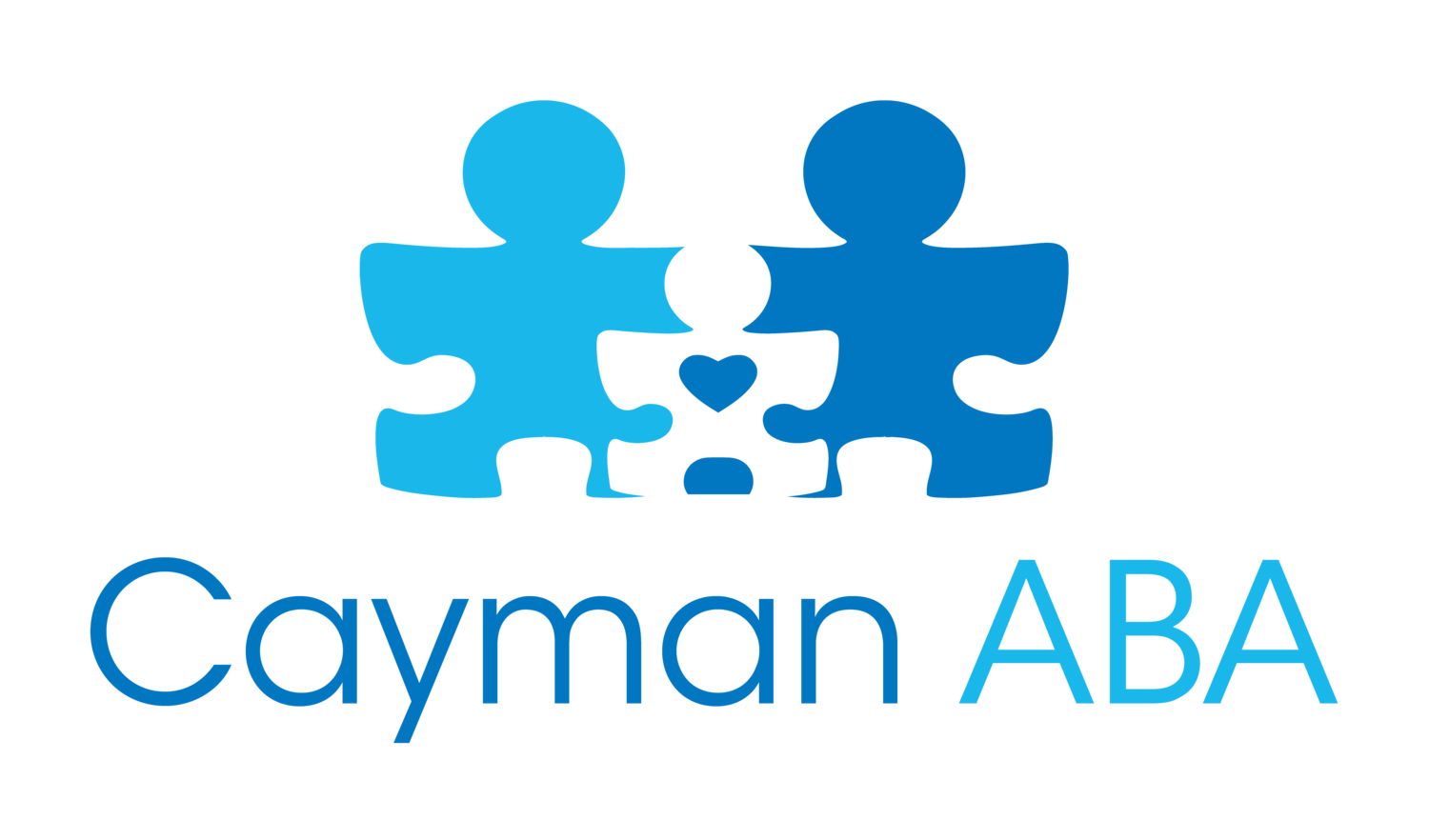Most children diagnosed with Autism have difficulty in expressing their needs. Some are verbal but still don't know how to efficiently use their language to communicate with others. They often engage in challenging behaviors as their way of communication.
In ABA, we learned that finding out the function of the inappropriate behavior rather than focusing on the behavior itself, is the key to help understand these children. The function of the behavior is important to identify for several reasons, including behavior prevention, choosing socially appropriate replacement behaviors and the creation of Behavior Plans.
As parents, it is helpful to observe your child and try to find out why he/she is acting out. It is crucial to find out first the function of the inappropriate behavior then it will be easier for you to help them. There are four functions of behavior (attention, access to tangibles, escape and Automatic/sensory), but let’s just focus on attention for now.
Attention is a form of positive socially mediated reinforcement. The attention itself may appear positive (e.g., a child looking at you and says ‘hug’, or tapping your shoulder, etc.); or negative (e.g., biting, crying, hand flapping, tantrums, etc.).
Children with autism who have difficulty in communicating may resort to different forms of challenging behaviors just to get your attention because they don’t know how to. How do we overcome these types of situations at home? How do we teach our children to gain our attention in a more appropriate way? Let me give you simple ways that you can use effectively and practice at home and that will help you and your child cope.
Functional Communication Training (FCT)
In our practice, we utilize functional communication training (FCT) as a replacement behavior to any challenging behaviors. Teach the child to verbalize to gain your attention in replacement for inappropriate behaviors. We can also teach a non-verbal child to tap your shoulder, walk to you, pull your hands or use an assistive device (e.g., iPad) if any, in getting your attention.
Contriving teaching situations at home
Let say that you’ve identified the function, which is attention, and you know how to teach the child to gain your attention more appropriately. Spend at least 10-15 minutes of contriving teaching situations at home. Set up situations where your child will have lots of opportunities to practice using his/her words in gaining your attention (e.g., ‘mommy, come or help me.’). It might be beneficial to set up any situation where you pretend to be work in close proximity to the child (e.g., 3-5 feet away) while the child is completing a simple inset puzzle, playing with toys or playing with his/her iPad. I would say pretend to be working because your focus right that moment is catching every opportunity in prompting your child and reinforcing communication. Working near the child will also provide easy access for the child to get your attention (e.g., asking for help, asking you to look at his work, etc.).
The first thing that you need to do is to verbally prompt the child or use a full physical prompt (e.g., physically guide him/her in tapping your shoulder) then gradually fade the prompt until the child learns how to gain you attention independently. It is also important to know the verbal skill level of your child. If the child can only say one word, then just teach him/her to just use one word (e.g., ‘Help’, come, etc.). If the child can already utter simple phrases or sentences, then teach phrases or full sentences in gaining your attention whether verbally or using an assistive device.
During the occurrence of challenging behaviors
You can only teach them the replacement behaviors when they are calm and not when they are engaging in those other behaviors (e.g., crying, kicking, hand flapping, tantrums, etc.). We don’t want them to learn the pattern of displaying inappropriate behaviors first then using their words. Most children with autism can quickly learn that way.
When the child is engaging in challenging behaviors to gain your attention, try your best to not attend to it (e.g., don’t try to talk to him or calm him down). This can be done by just calmly being there but at the same time making sure that the child is safe from hurting themselves or hurting others. Clear the room by removing all the toys or things that can hurt them or hurt you or other family members. Ask the other family members to just stay outside the room and let you handle the situation not unless you need help. Wait for the child to calm down which can take a few minutes to an hour or so. Don’t be alarmed and just make sure that the child and everyone else is safe. Once the child totally calms down, set another opportunity to prompt him/her to gain your attention and praise the communication heavily. It is important to always end any situations at home with the child responding calmly and appropriately.
In teaching children with autism, consistency in dealing with the behavior across people and the environment is crucial to your child’s success. Attention must be sufficient to meet the individual preferences of the child. Implementing proper behavioral strategies at home will help your child learn socially appropriate ways to have his or her wants and needs met. It will help decrease problem behaviors and help your child to be independent.

